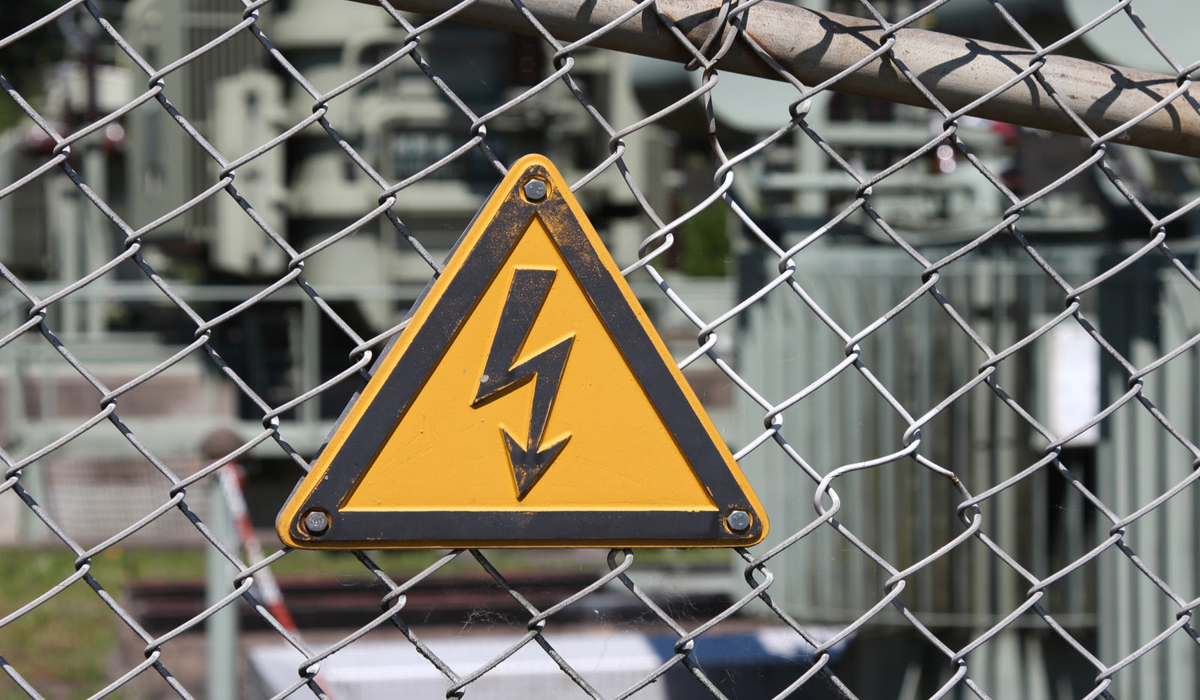State
Student electrocuted to death in Berinag

Friday, 26 November 2021 | PNS | Pithoragarh
A student returning home from school with his friends in Berinag area of Pithoragarh died due to electrocution on Thursday. The student on his way back home touched the support wire attached to the electric pole. The police reached the spot as soon as they got the information and took the student to the local community health centre where the doctor declared him dead. According to the sources, the deceased was in 9th standard at the Government Higher Secondary School, Tripura Devi. The family of the deceased is devastated after hearing the news. A sum of about eighty thousand rupees has been announced as a financial assistance for the family of the deceased.






